Warm Home Tips
Home / Warm Home Tips
Tips and tricks for a healthy home
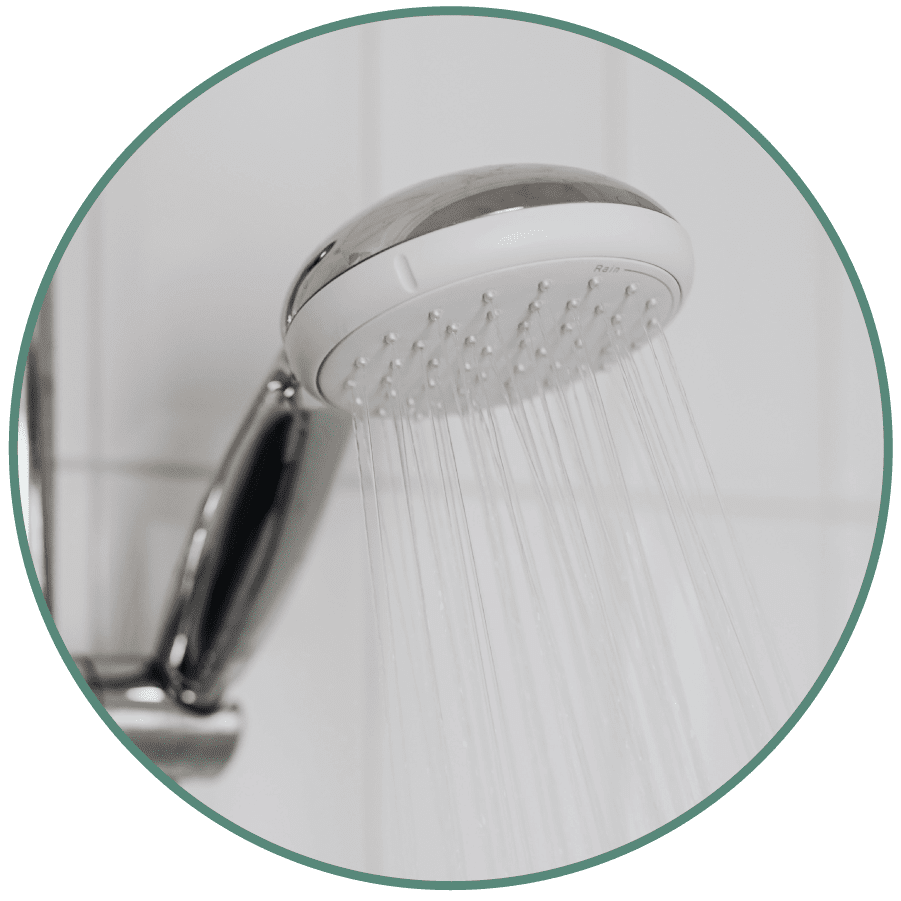
Take Shorter Showers
A family of four can save $450 a year by shortening their daily showers by 5 minutes. Slowing the shower flow by not fully opening the tap can also help you save.
One 10 minute shower can put 1 litre of moisture in the room

Cross-flow ventilation
Open windows and doors for at least 15 minutes in the morning and evening to get fresh air flowing across rooms, or your house. This helps to stop moisture build-up.
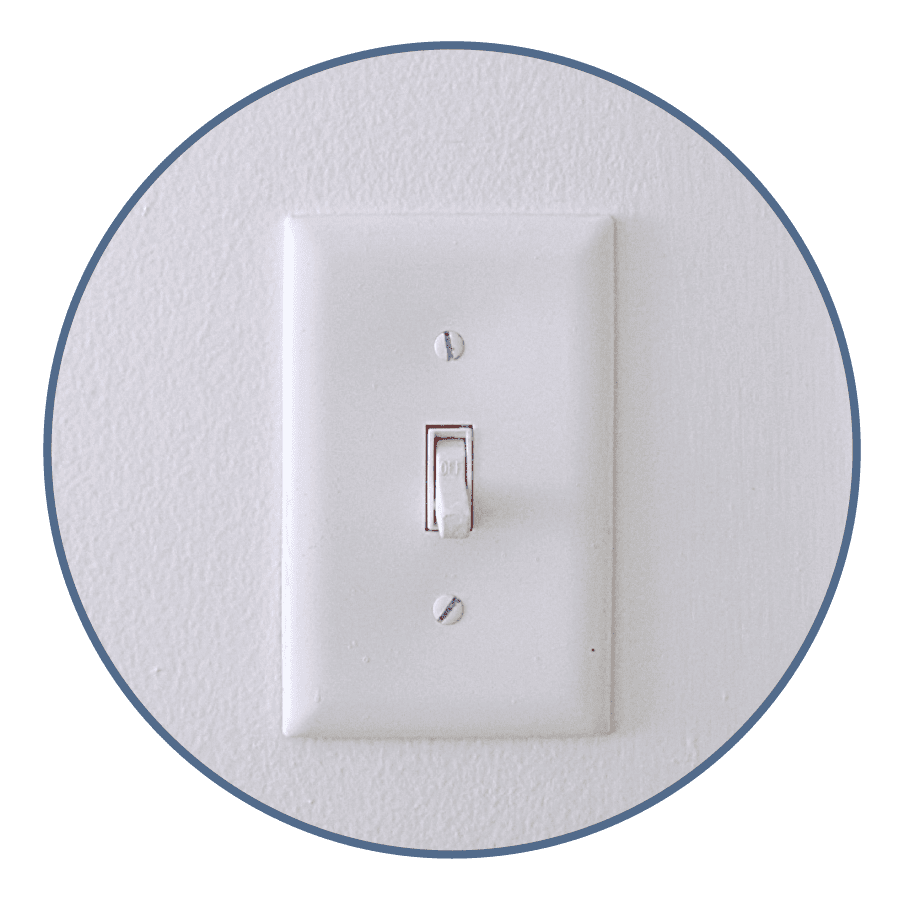
Turn off unneeded lights
Flick the switch off when leaving the room and install more efficient LED bulbs everywhere possible.
LED lighting can save up to $80 a year, where incandescent lights use 10x as much energy as LEDs.
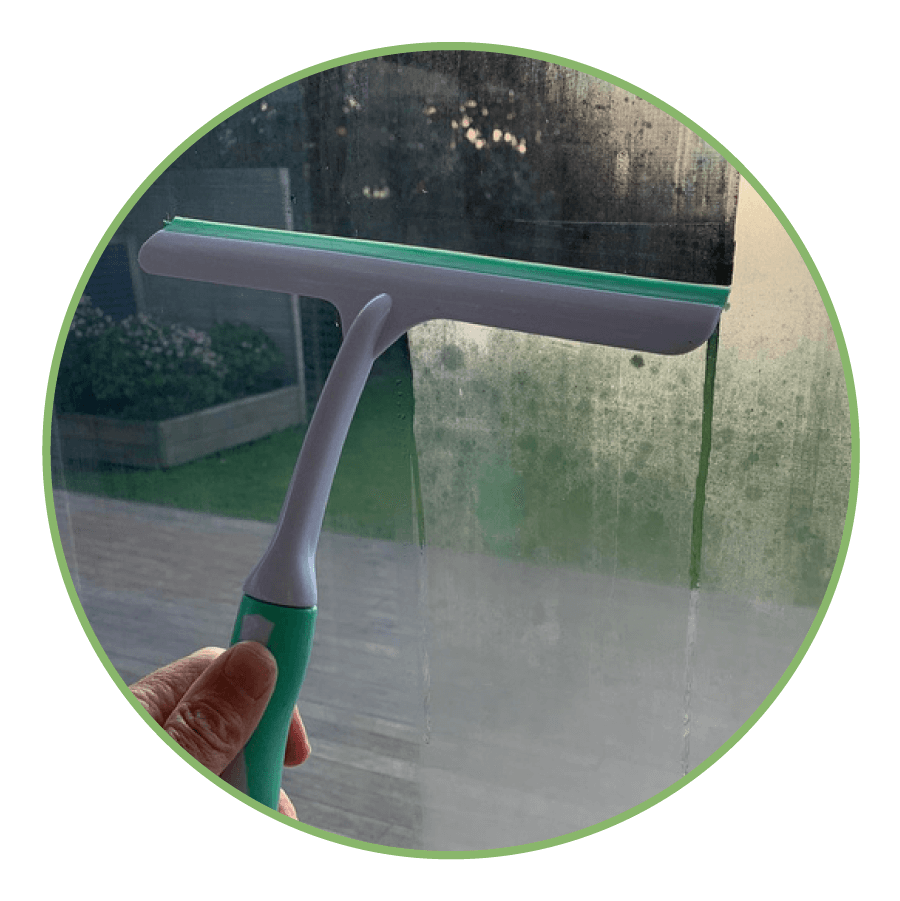
Wipe crying windows daily
Wiping wet windows in the morning with a cloth or squeegee helps stop moisture build-up and mould growth.
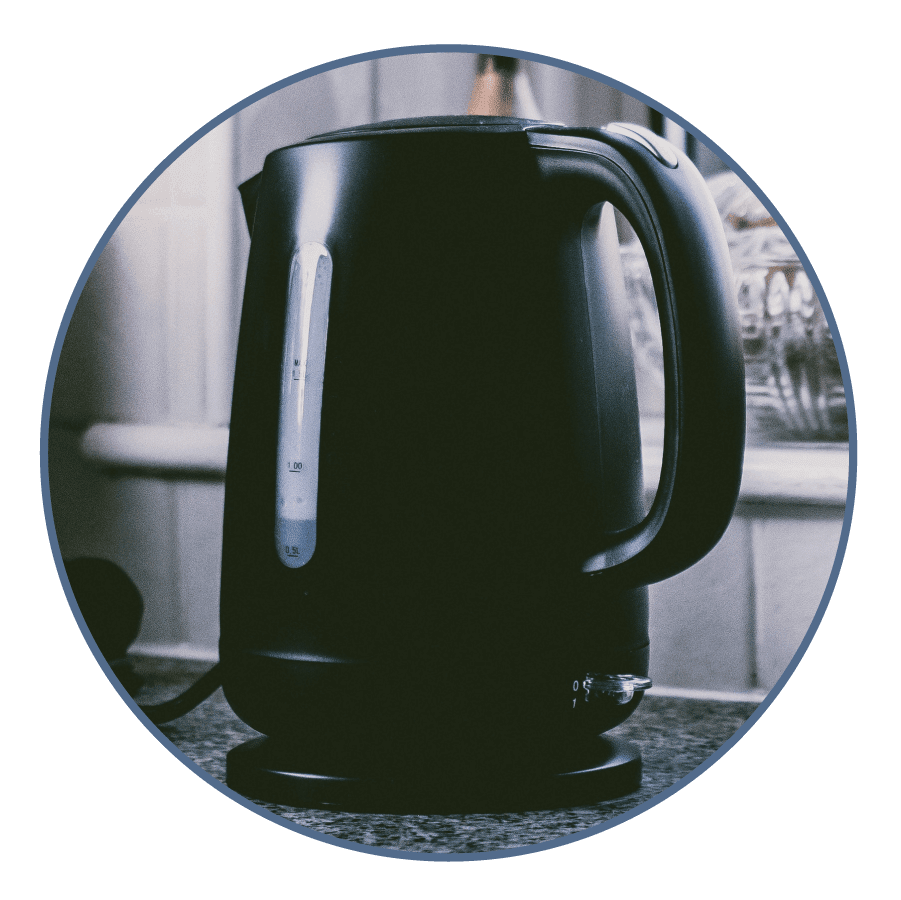
Boil what you need
You can save up to $30 a year by halving how much water you boil in the jug. The extra steam also puts more unwanted moisture into the room.
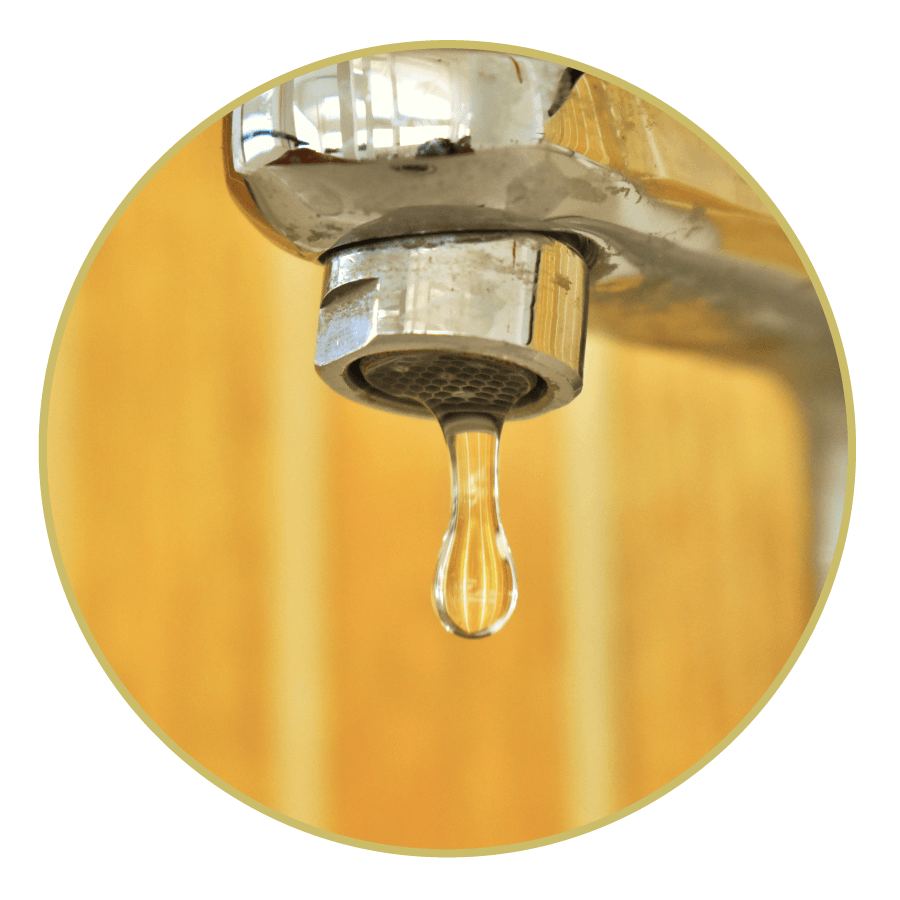
Fix dripping taps
A dripping hot water tap can cost you up to $100 a year.
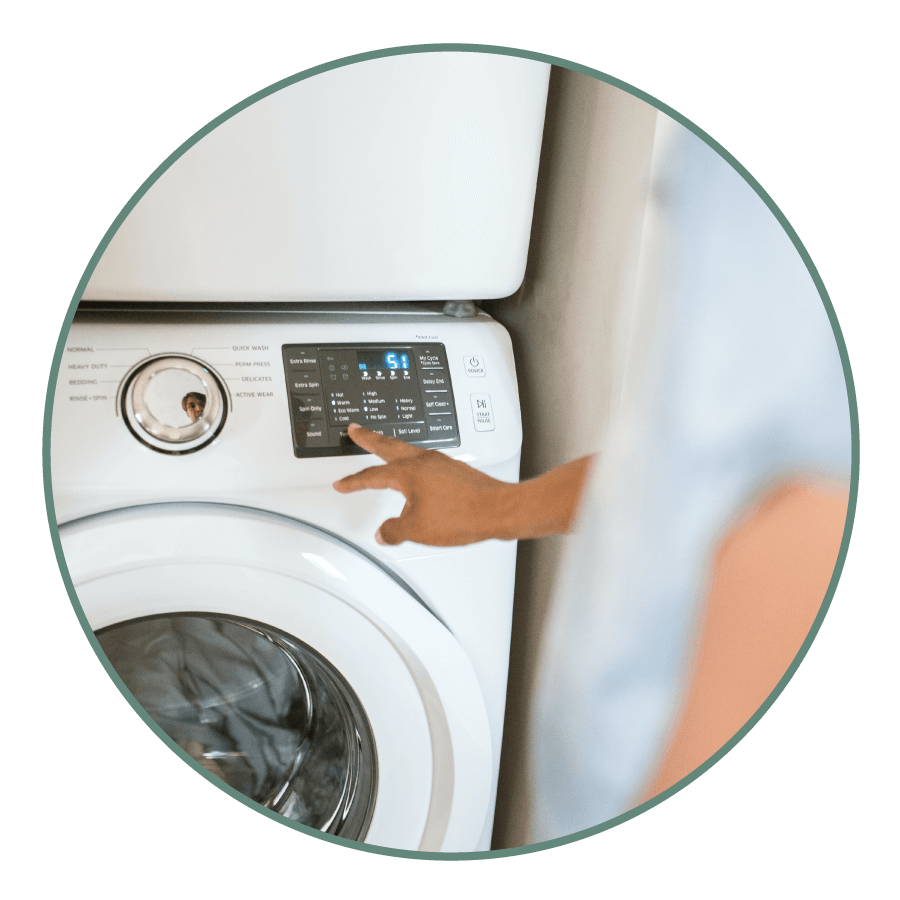
Wash clothes in cold water and off - peak times
You can save $80 a year using cold water. You’ll save even more using your washing machine at off-peak electricity times from 11am to 5pm and 9pm to 7am.
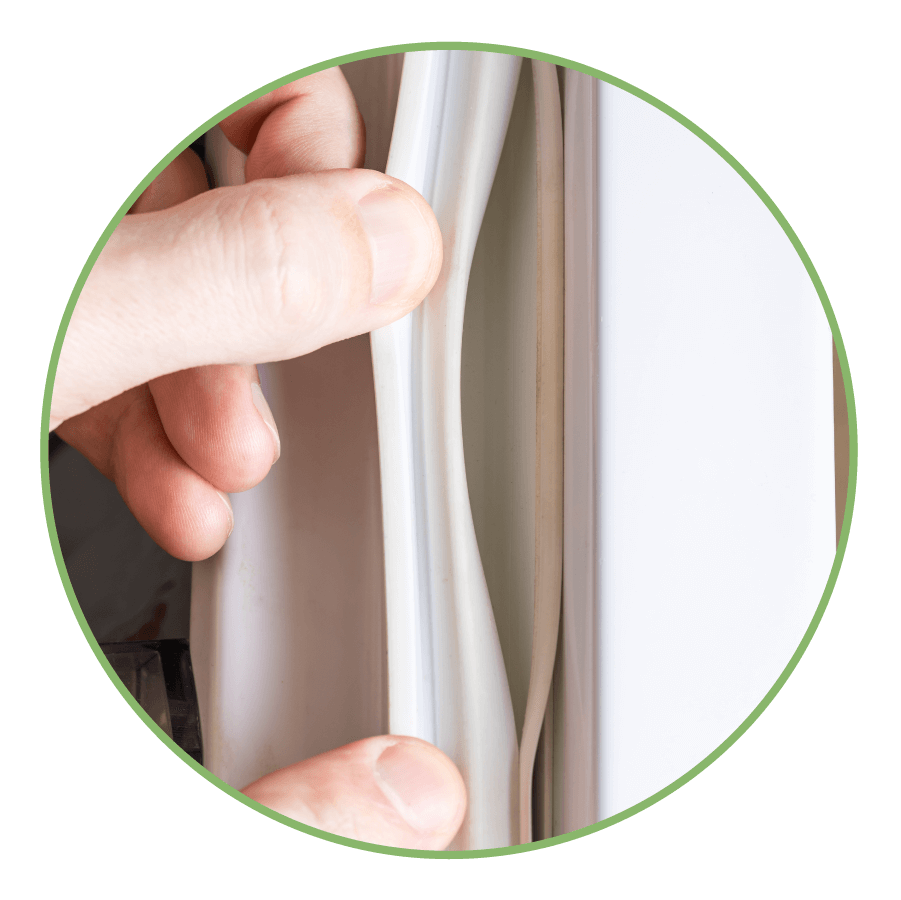
Fix broken seals
Check your fridge, freezer and oven door seals aren’t loose or torn as they’ll be more expensive to run. Make sure your home doesn’t have extra fridges/freezers that aren’t fully being used, costing more
energy and money.
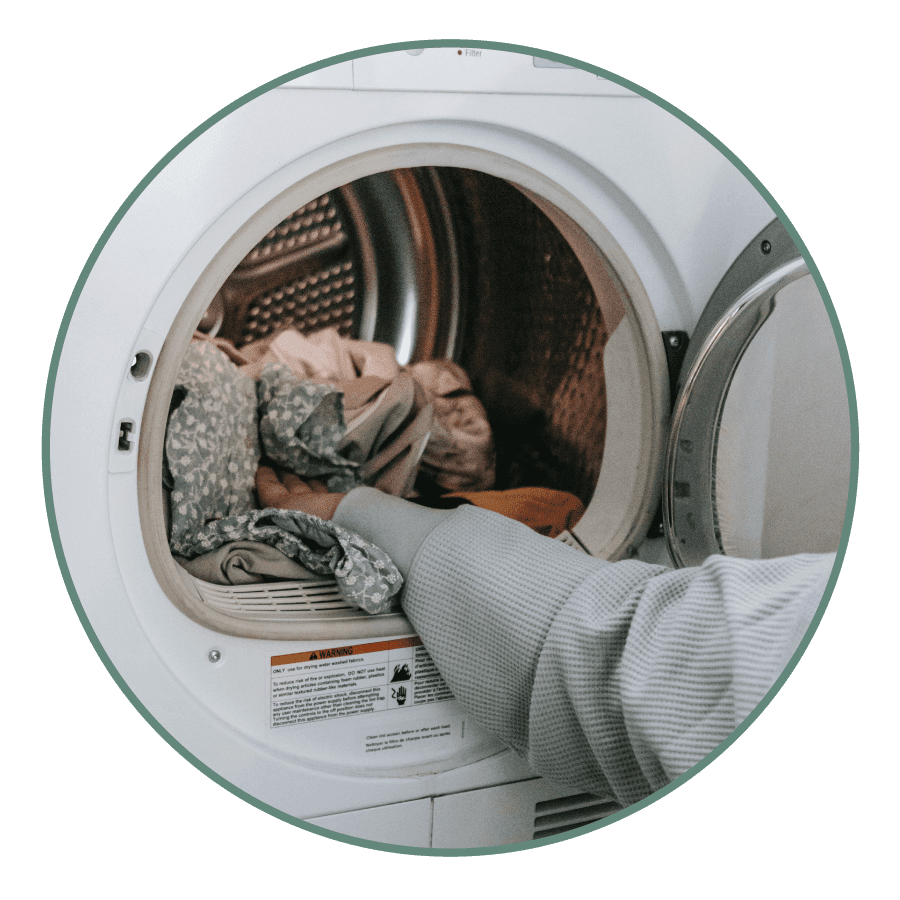
Clothes dryer
These use a lot of energy to run so use only if you have to. Off-peak electricity times are from 11am to 5pm and 9pm to 7am.
Open a window in your laundry if the dryer can’t be flued/vented outside.
Clean the filter after every load to keep it efficient and lessen fire risk.

Dry washing outside
One load of washing dried inside creates up to 5 litres of moisture inside. The more moisture in your home, the longer it takes to heat.
Hang your washing outside or in a well-ventilated space such as a carport or garage.
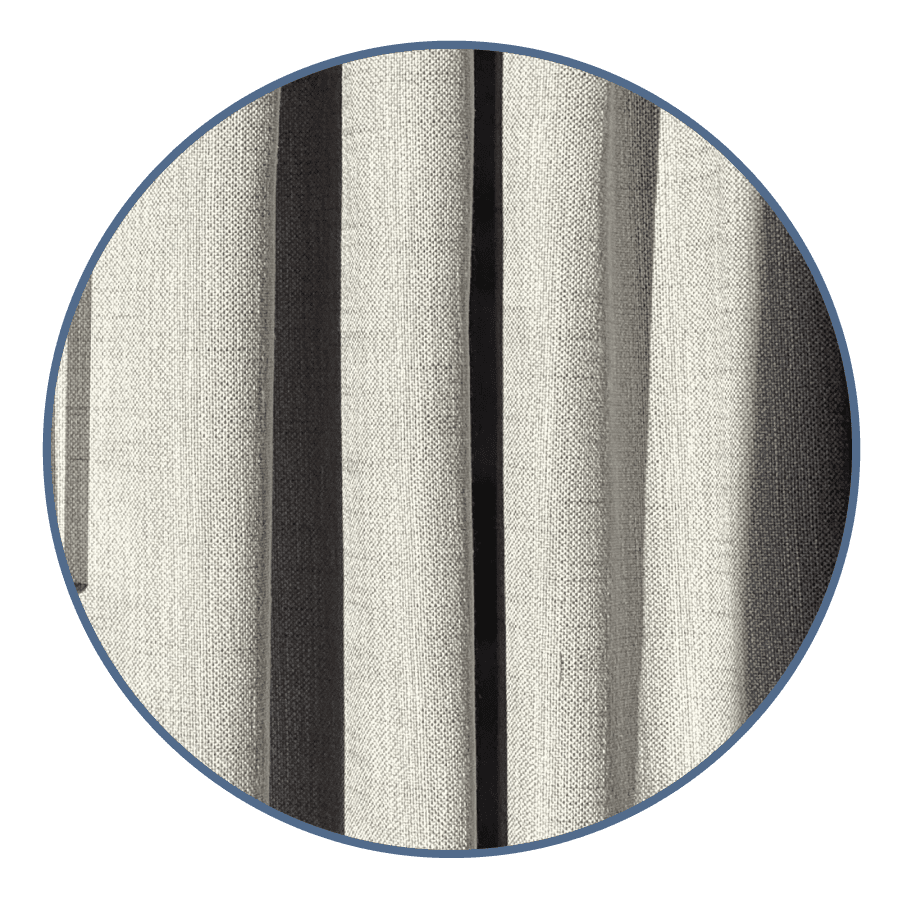
Double layered curtains
Full length, double layered curtains help to keep the cold out and warm air in, saving money to heat your home. About 30% of heat in homes is lost through windows and doors.
For DIY thermal curtains you can sew or safety-pin sheets or light blankets to the backs of your curtains.
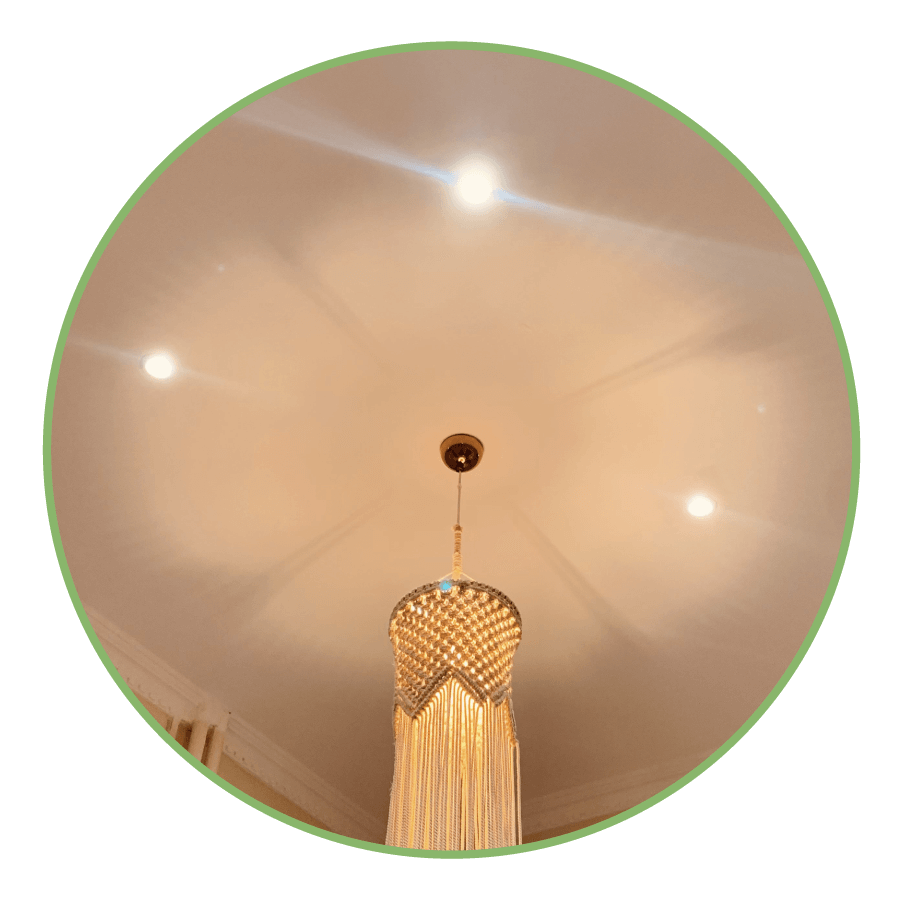
Phase out halogen downlights
These lights are expensive to run so if you can, replace the fittings for LED lights which use up to 80% less energy, saving you money.
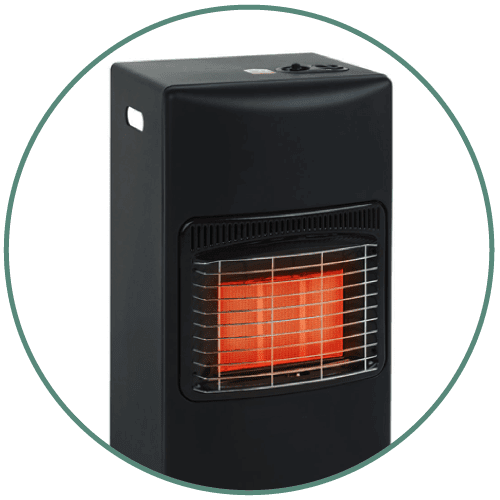
Unflued portable heaters
These heaters release harmful gases into homes and create unwanted moisture, leading to mould. Only use unflued gas heaters in large, well-ventilated spaces.

Use extra blankets
An extra blanket or two on the bed will save energy and money compared to electric blankets.
Woollen blankets are warmer with better thermal protection than polyester fleece blankets.
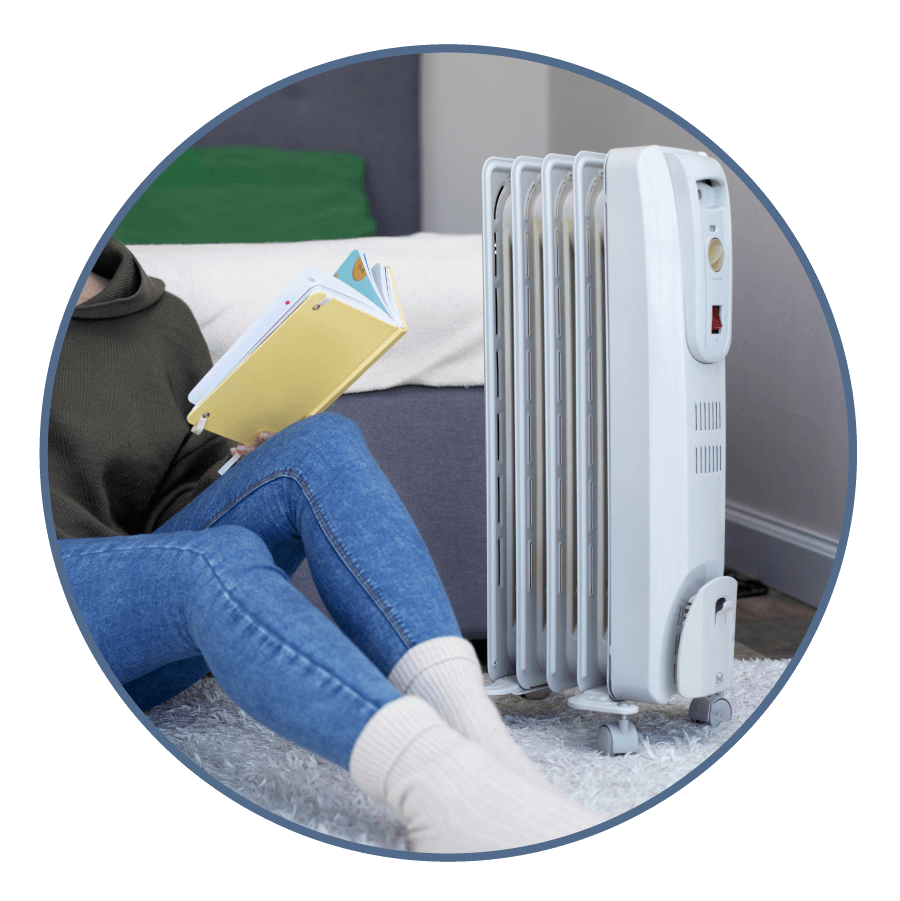
Only heat rooms you're in
Heat only the room you’re in by shutting doors, plugging gaps and closing curtains when it’s getting dark.
If you use a heat pump, set the timer to warm the room just before you get home and switch off when you don’t need it.
Set the thermostat above 18˚C (to combat damp and mould) but below 21˚C (to save power).
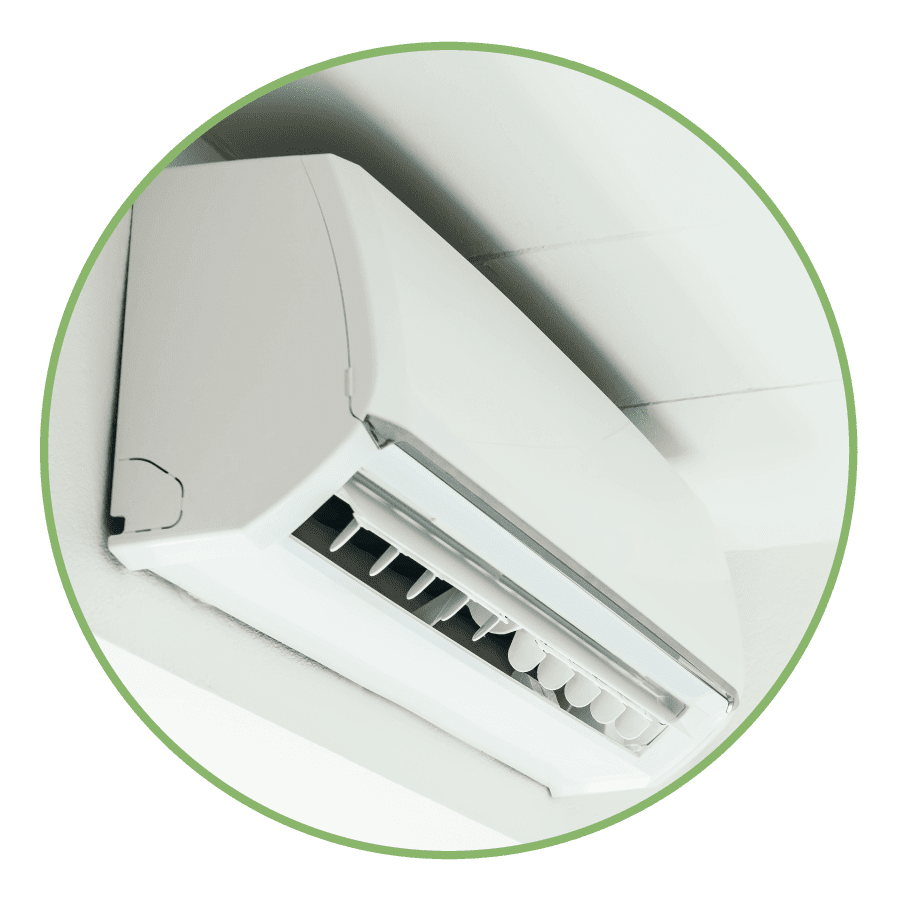
Heat pump usage
Turn on and off as needed, setting the temperature between 18-22°C for efficiency. Be patient for them to get to temperature. Heat pumps set to 26°C will use 50% more power than at 21°C.
Heat pump filters need to be cleaned regularly and the outside unit kept clear.
On wall-mounted units point the airflow fins down towards the floor.